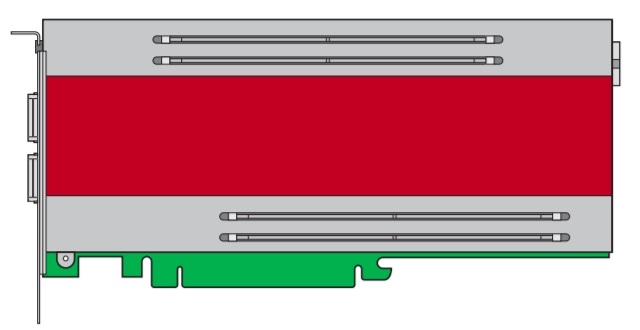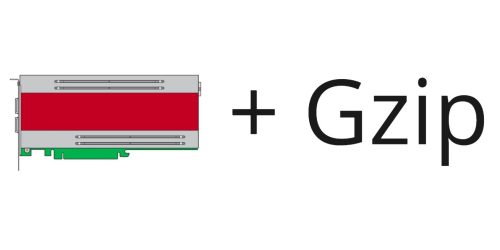Why do we need an Alveo card?
Technology has disrupted our life during the pandemic especially involving the internet. Database has been worked hard due to people need to work from home and tools on the database have been used a lot. Not only tools on the database but also a software video encode. Therefore, to accelerate the output on the server might need some help from special hardware. Alveo card is created to accelerate the output by running some tasks instead of CPU on the server for example Machine Learning which is the tech behind prediction software , Database analytic and video encode and decode.

In order to step up the output on the server, Alveo has three key points which are fast, adaptable and accessible.
Fast

Alveo is special hardware due to it being able to offer a high throughput and low latency. By using CPU and GPU, users might trade-off between throughput and latency due to the limitation in the inflexible hardware. More details on this topic will be described later.
Adaptable

Alveo card is based on FPGA therefore it means that the user can reprogram the circuit inside to suit their purpose. Unlike CPU & GPU, when users need to try on a new project. Users can only change a new program on an old hardware architecture which cannot achieve best performance due to old hardware.
Accessible
Alveo is created from Xilinx, which is one of the famous FPGA companies. There are loads of tools from partners to support various aspects of projects including machine learning, video encode and decode, database search and analytic, genomic and financial computing.
Example of Application
Machine Learning
Machine Learning has been brought from Lab in daily usage without noticing, car registration is a good example. But before going out of Lab, There are two stages before becoming an Machine Learning.
Training – the stage to prepare machine learning to execute a specific job
Inference – deploy trained machine learning to operate in real-time
Those processes consume a huge computation. CPU cannot achieve best performance due to the throughput and latency. GPU, on the other hand, is good at calculating floating-point and high transfer data computation. However, GPU still has a significant issue in the training process.
Alveo is the mixture between high computation floating-point, low-latency and high computational data transfer. In Addition, Alveo can reconfigure to match a new training without purchasing new hardware and ability to connect to the network without CPU needed in the loop. Alveo also provides a range of machine learning suits for plug and play.
Video
By now, video is the key success in many industries e.g. entertainment and technology. Video codec can be found in two majority types which are in dedicated chips (Integrated circuit, IC) and software. Software video codec platform required a high performance CPU to transcoding in real-time. Integrated circuit video codec is able to step down the workload of the CPU when transcoding real-time but the drawback is fixed codec that cannot be reprogrammed. As a result, Alveo can reduce CPU processor and reprogram to support new codec. Xilinx’s partners provide a wide range of codecs on Alveo.
Conclusion
As an advancement in technology, hardware is required to perform a sophisticated task. In order to complete complexity tasks, hardware needs to calculate fast, adaptable to new logic. Alveo is a kind of integrated circuit. Therefore, it can achieve high performance computing and data computational transfer. Furthermore, it can be reprogrammed as a software ability. Xilinx’s partners provide a solution on various topics e.g. Machine learning and video. Thanks for all the information from Xilinx white paper : Breath New Life into Your Data Center with Alveo Adaptable Accelerator Card.


